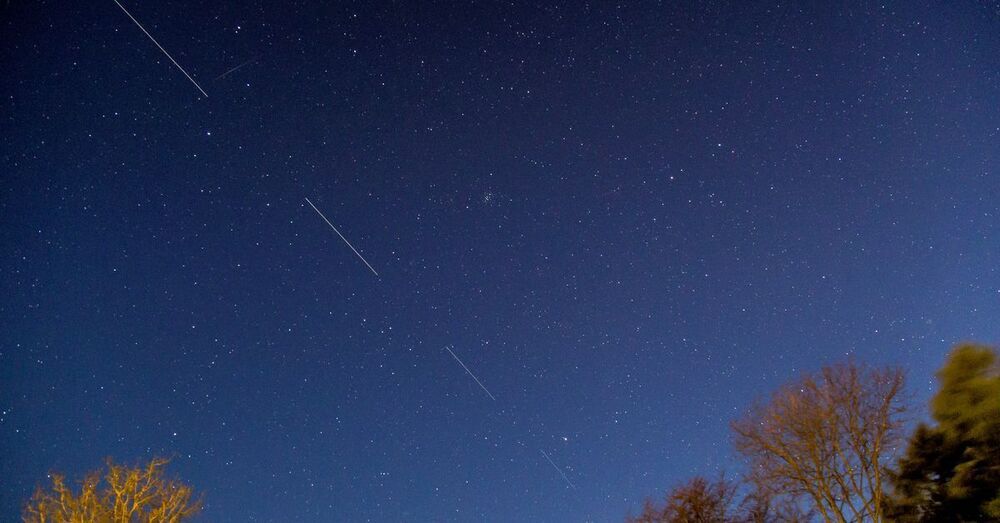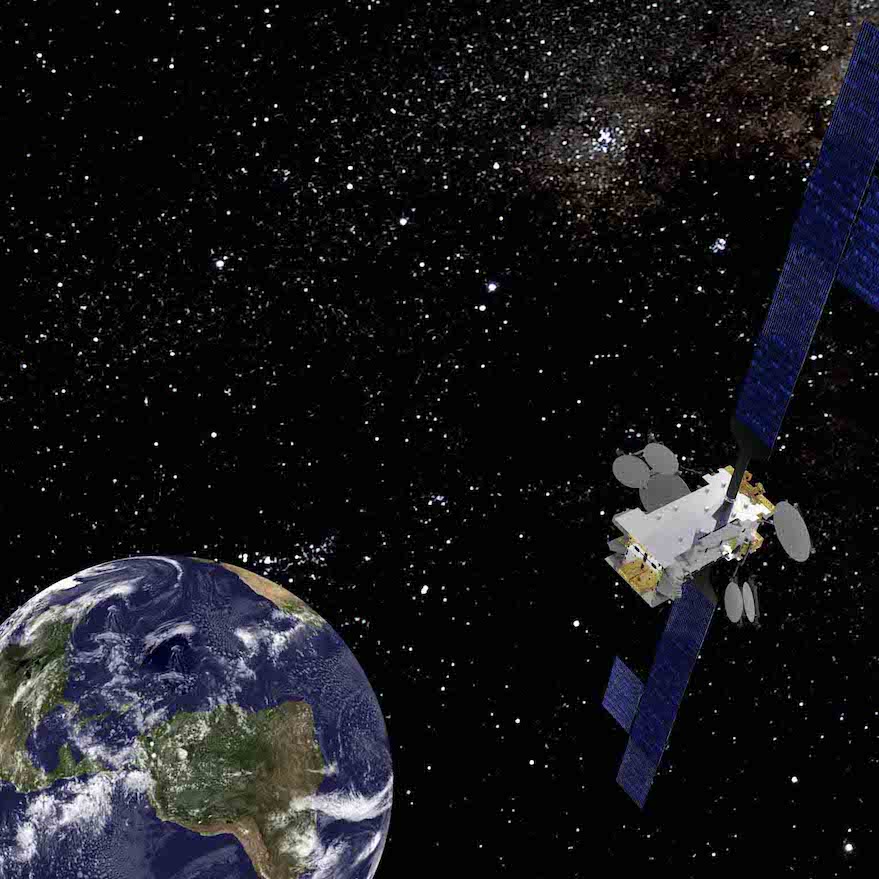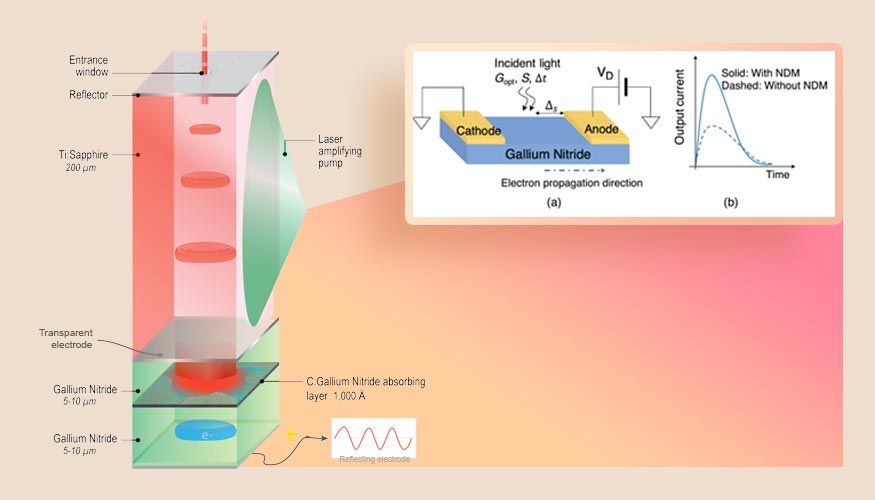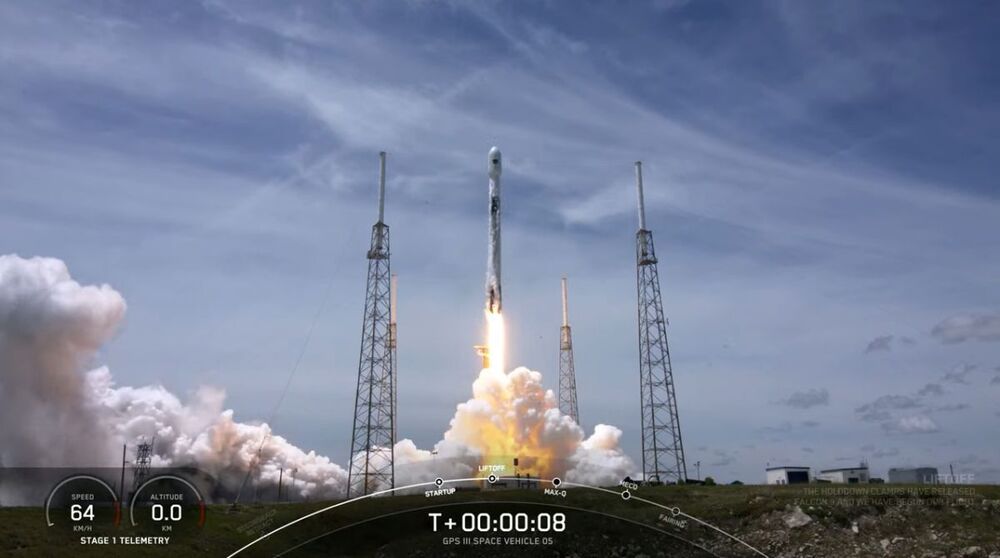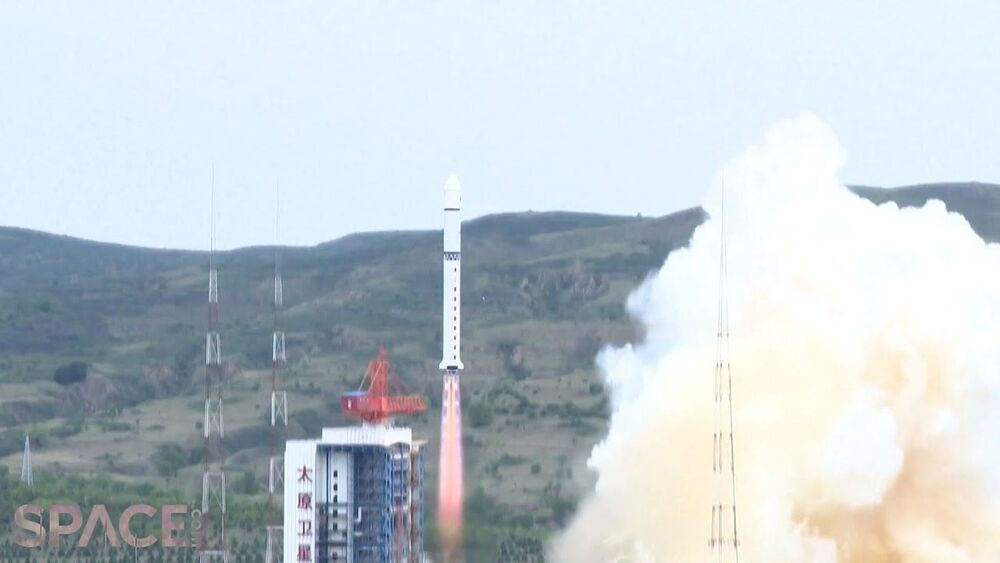In the very last moments of the movie, however, you would also see something unusual: the sprouting of clouds of satellites, and the wrapping of the land and seas with wires made of metal and glass. You would see the sudden appearance of an intricate artificial planetary crust capable of tremendous feats of communication and calculation, enabling planetary self-awareness — indeed, planetary sapience.
The emergence of planetary-scale computation thus appears as both a geological and geophilosophical fact. In addition to evolving countless animal, vegetal and microbial species, Earth has also very recently evolved a smart exoskeleton, a distributed sensory organ and cognitive layer capable of calculating things like: How old is the planet? Is the planet getting warmer? The knowledge of “climate change” is an epistemological accomplishment of planetary-scale computation.
Over the past few centuries, humans have chaotically and in many cases accidentally transformed Earth’s ecosystems. Now, in response, the emergent intelligence represented by planetary-scale computation makes it possible, and indeed necessary, to conceive an intentional, directed and worthwhile planetary-scale terraforming. The vision for this is not to be found in computing infrastructure itself, but in the purposes to which we put it.
